In 1958 William Higginbotham created, using a program to calculate trajectories and an oscilloscope, Tennis for Two (tennis for two): a simulator of table tennis for entertainment of visitors to the exhibition Brookhaven National Laboratory.
This game was the first to allow play between two human players. Four years later Steve Russell, a student at Massachusetts Institute of Technology, spent six months creating a computer game using vector graphics: Spacewar.
In this game, two players controlling the direction and speed of two spacecraft fighting between them. The game ran on a PDP-1 and was the first to have some success, although it was barely known outside the university.
In 1966 Ralph Baer began to develop with Albert Maricon and Ted Dabney, a video game called Fox and Hounds beginning the domestic game. This project would evolve into the Magnavox Odyssey, the first home video game system released in 1972 which was connected to the television and allowed to play a variety of preset games.
1970-1979: The emergence of video gamesAn important at the start of the game milestone occurred in 1971 when Nolan Bushnell began marketing Computer Space, a version of Space War, although other recreational version of Space War and was Galaxy War may be advanced to early 70s in the campus of Stanford University.
The rise of the game came in the arcade Pong which is considered the commercial version of the game Tennis for Two Higginbotham. The system was designed by Al Alcom to Nolan Bushnell in the newly founded Atari.
The game was introduced in 1972 and was the cornerstone of the game as industry. During the following years many technical advances in video games (most notably microprocessors and memory chips) were implanted. They appeared in the arcade games like Space Invaders (Taito) or Asteroids (Atari).1980-1989: The decade of the 8 bitsThe 80s began with strong growth in the video game industry encouraged by the popularity of the halls of slot machines and game consoles first appeared during the 70s.
During these years include systems such as Odyssey 2 (Phillips), Intellivision (Mattel), Colecovision (Coleco), Atari 5200, Commodore 64, Turbografx (NEC). Furthermore triumphed in arcades games like the famous Pacman (Namco), Battle Zone (Atari), Pole Position (Namco), Tron (Midway) or Zaxxon (Sega).
The business associated with this new industry achieved great things in these first years of the 80s, but nevertheless, in 1983 began the game called crisis, affecting mainly the United States and Canada, and does not come to an end until 1985.
Japan opted for the world of consoles with the success of the Famicom (known in the West as Nintendo Entertainment System), launched by Nintendo in 1983 while in Europe it was decanted by microcomputers as the Commodore 64 or Spectrum.
At the end of their particular crisis Americans continued the path opened by the Japanese and adopted as the main system NES games. Throughout the decade new home systems as Master System (Sega), the Amiga (Commodore) and 7800 (Atari) games were appearing today considered classics like Tetris.
At the end of 80 16-bit consoles began to appear as the Sega Mega Drive and microcomputers were slowly replaced by personal computers based on IBM architectures.
In 1985 he appeared Super Mario Bros, which marked a turning point in the development of electronic games, as most of the previous games contained only a few screens that were repeated in a loop and the goal simply was to make a high score. The game developed by Nintendo was a burst of creativity. For the first time we had a goal and an end in a videogame. In later years other companies emulated his style of play.
In the field of recreation, highlighted games like Defender, Rally-X, Dig Dug, Bubble Bobble, Gauntlet, Out Run or Shinobi well as a change in the nationality of becoming Japan's largest producer games.
Another branch of videogames that thrived was the portable video games. These began in the early 70s with the first fully electronic games released by Mattel, which could hardly be regarded as video games, and were growing in popularity due to conversions of recreational as those made by Coleco or addictive microgames as the Game & Watch Nintendo . The final evolution of laptops as platforms game came in 1989 with the release of the Game Boy (Nintendo).
1990-1999: Revolution 3DIn the early 90s consoles took a major technical leap thanks to the competition of the "generation of 16-bit" consists of the Mega Drive, Super Nintendo Nintendo Entertainmet the NEC PC Engine, known as Turbografx in the West and CPS Changer (Capcom).
With them also came the Neo Geo (SNK) a console that matched the technical performance of an arcade but too expensive to get massively households.
This generation was a significant increase in the number of players and the introduction of technologies such as CD-ROM, an important evolution within different genres of video games, mainly thanks to new technical capabilities.
Meanwhile several companies had begun work on video games with three-dimensional environments, mainly in the field of PC, obtaining different results from the "2D and a half" of Doom, full 3D 4D Boxing to 3D on environments pre-rendered Alone in Dark. Regarding the long-standing 16-bit consoles, its largest and latest achievement would occur by the SNES through technology 3-D pre-rendered SGI, being its finest games like Donkey Kong Country and Killer Instinct. Also emerged the first polygonal game console, the jurisdiction of the SNES, Mega-Drive, launched the Virtual Racing, which was a great success as it marked a before and after in 3D games console.
Quickly 3D games were occupying an important place in the market, mainly thanks to the "generation of 32-bit" on consoles: Sony PlayStation and Sega Saturn (mainly in Japan); and the "generation of 64-bit" on consoles: Nintendo 64 and Atari Jaguar. As for computers, created 3D accelerator.
Sony's console appeared behind a project started with Nintendo (SNES called PlayStation), which consisted of a peripheral for the SNES with CD. At the end Nintendo Sony rejected the proposal, since Sega had developed something without success, and Sony PlayStation launched independently.For their part, arcades began a slow but steady decline as increased access to consoles and more powerful computers.
Meanwhile portable video games, product of new more powerful technologies, the real boom began, joining the Game Boy machines like the Game Gear (Sega), Linx (Atari) or Pocket Neo Geo (SNK), though none could cope with the popularity of the Game Boy, being this and their descendants (Game Boy Pocket, Game Boy Color, Game Boy Advance, Game Boy Advance SP) is dominating the market.
Towards the end of the decade the most popular console was the PlayStation games like Final Fantasy VII (Square), Resident Evil (Capcom), Winning Eleven 4 (Konami), Gran Turismo (Polyphony Digital) and Metal Gear Solid (Konami).
In PC were popular FPS (games first person shooter) and Quake (id Softare), Unreal (Epic Megagames) or Half-Life (Valve) and RTS (games RTS) and Command & Conquer (Westwood) or Starcraft (Blizzard). In addition, computers with internet connections facilitated the multiplayer game, making it the preferred choice of many players, and were responsible for the birth of the MMORPG (online MMORPGs) like Ultima Online (Origin). Finally in 1998 he appeared in Japan Dreamcast (Sega) and would usher in the "generation of the 128 bits".
Since 2000: The beginning of the new centuryIn 2000 Sony launched the PlayStation 2 and Sega advance launched another console with the same technical characteristics of the Dreamcast, nothing but came with a 14-inch monitor, keyboard, speakers and the same controls called Dreamcast Drivers 2000 Series CX-1 .
Microsoft enters the industry creating the Xbox consoles in 2001.
Nintendo launched the successor to the Nintendo 64, Gamecube, and the first all-new Game Boy since the creation of the company, the Game Boy Advance. Sega seeing that could not compete, especially with a new machine like Sony announced that no longer produce hardware, becoming only software developer in 2002.
The personal computer PC is the most expensive games but also allows greater flexibility platform. This flexibility comes from being able to add computer components that can constantly improve, such as sound or graphics cards and accessories like steering wheels, pedals, controls, etc. It is also possible to update the game with official patches or new additions made by the company that created the game or other users.
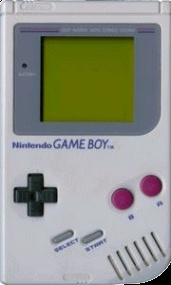
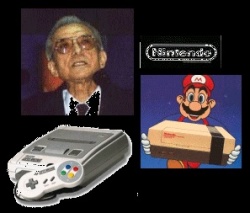
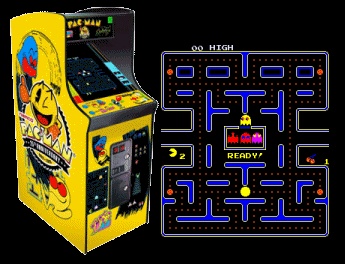
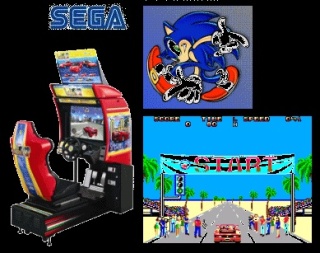
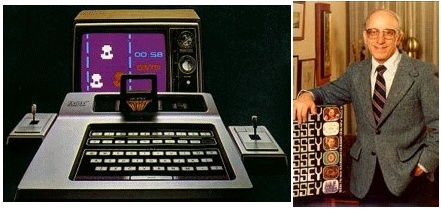
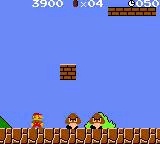
No hay comentarios:
Publicar un comentario